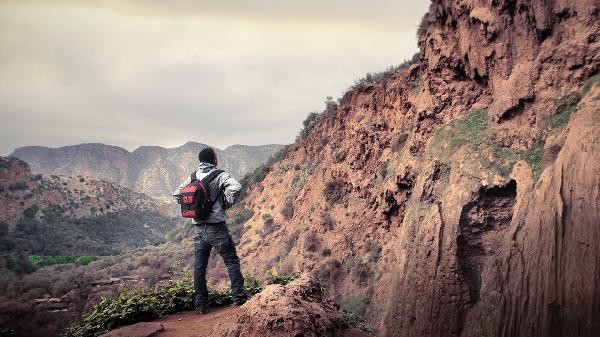Mountain climbing belongs to high-intensity aerobic exercise, which can burn 400-700 calories per hour. The specific consumption is affected by factors such as weight, slope, speed, and weight. The main influencing factors include exercise intensity, duration, terrain conditions, personal basal metabolic rate, and equipment weight.

1. Exercise intensity:
Maintaining a heart rate of 60% -80% of the maximum heart rate during mountain climbing belongs to the optimal fat burning range. Climbing steep slopes increases calorie consumption by more than 30% compared to walking on gentle slopes. Using intermittent sprinting methods such as alternating between fast climbing and gentle sections can further improve heat consumption efficiency.
2. Duration:
Climbing for 1 hour consumes about 6-8 calories per kilogram of body weight, and people weighing 60 kilograms consume 360-480 calories per hour. After prolonged exercise, the body will activate the afterburning effect, which continues to burn additional calories for 12 hours after the end of the exercise.
3. Terrain conditions:

Every 100 meters increase in altitude consumes 7% -10% more heat, and gravel or muddy roads consume 15% -20% more energy than flat trails. The total energy consumption of alternating uphill and downhill routes is higher than that of a single uphill route, as muscle centrifugal contractions consume more calories.
4. Basal metabolic rate:
Individuals with high muscle mass consume more calories per unit time, with males typically consuming 10% -15% more calories than females. After the age of 25, the basal metabolism decreases by 2% -3% every decade, and the calorie consumption during mountain climbing may differ by 200 calories per day among peers.
5. Equipment weight:
Carrying 10 kilograms of equipment can increase heat consumption by 20% -30%, and using a hiking stick can improve energy utilization by 15% but reduce total consumption. professional hiking shoes save 5% -8% of physical exertion compared to regular sports shoes.

It is recommended to engage in 2-3 mountain climbing exercises per week, combined with a high protein diet and sufficient sleep, to maximize the weight loss effect. Beginners should start from routes below 300 meters above sea level and within 5 kilometers of one-way travel, gradually increasing the difficulty. Pay attention to replenishing electrolytes before and after exercise to avoid low blood sugar caused by climbing mountains on an empty stomach. Low intensity recovery exercises such as foam axis relaxation or swimming can effectively relieve delayed muscle soreness within 48 hours after mountaineering. Those with large weight base are recommended to wear knee pads to reduce joint pressure, and diabetes patients need to carry candy to prevent hypoglycemia.



Comments (0)
Leave a Comment
No comments yet
Be the first to share your thoughts!